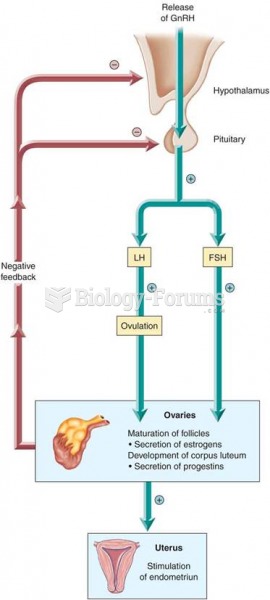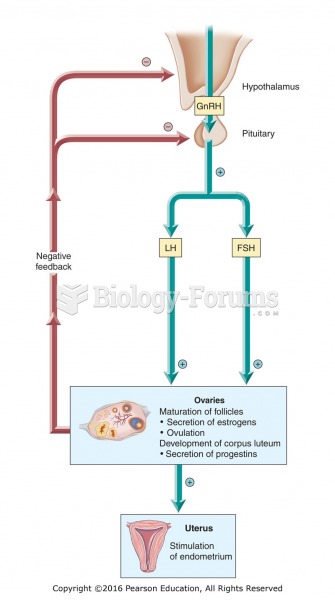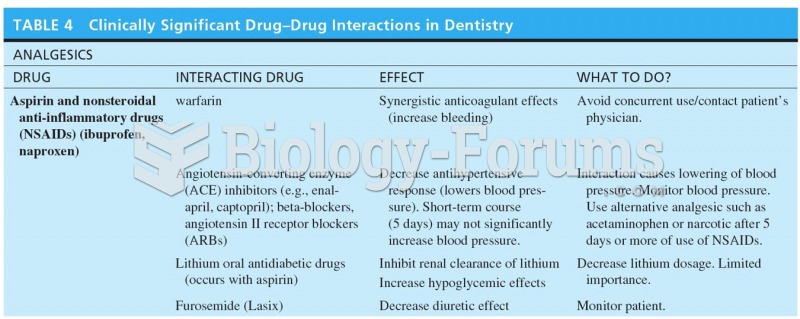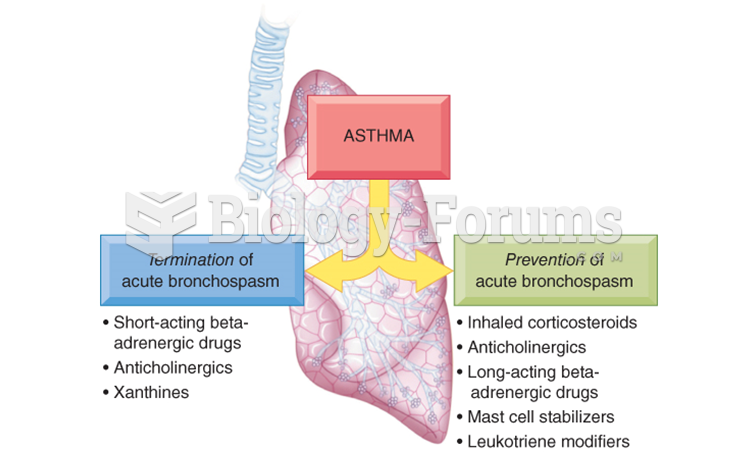Answer to Question 1
3
Rationale 1: Conventional antipsychotic agents like thioridazine HCL (Mellaril) are indicated for positive symptoms.
Rationale 2: Conventional antipsychotic agents like haloperidol (Haldol) are indicated for positive symptoms.
Rationale 3: Clozaril is an atypical antipsychotic indicated for positive and negative symptoms of schizophrenia.
Rationale 4: Conventional antipsychotic agents like chlorpromazine (Thorazine) are indicated for positive symptoms.
Global Rationale: Clozaril is an atypical antipsychotic indicated for positive and negative symptoms of schizophrenia. Conventional antipsychotic agents (phenothiazines and phenothiazine-like drugs) are indicated for positive symptoms.
Answer to Question 2
3
Rationale 1: Changes in sodium, potassium, and calcium, not magnesium, levels generate the action potential in myocardial cells.
Rationale 2: Sodium, potassium, and calcium are equally important when it comes to the myocardial action potential.
Rationale 3: Changes in sodium, potassium, and calcium levels generate the action potential in myocardial cells. For this to occur, the patient must have normal levels of sodium, potassium, and calcium.
Rationale 4: Antidysrhythmic drugs work by blocking, not enhancing, potassium, sodium, or calcium channels.
Global Rationale: Changes in sodium, potassium, and calcium levels generate the action potential in myocardial cells. For this to occur, the patient must have normal levels of sodium, potassium, and calcium. Changes in sodium, potassium, and calcium, not magnesium, levels generate the action potential in myocardial cells. Antidysrhythmic drugs work by blocking, not enhancing, potassium, sodium, or calcium channels. Sodium, potassium, and calcium are equally important when it comes to the myocardial action potential.







